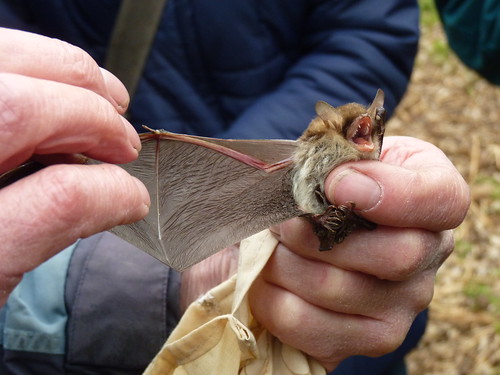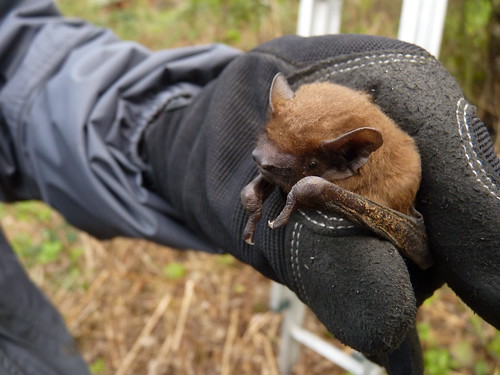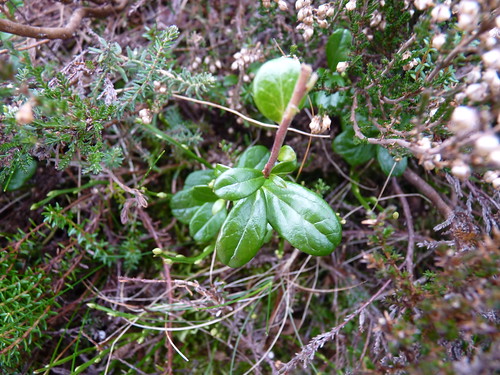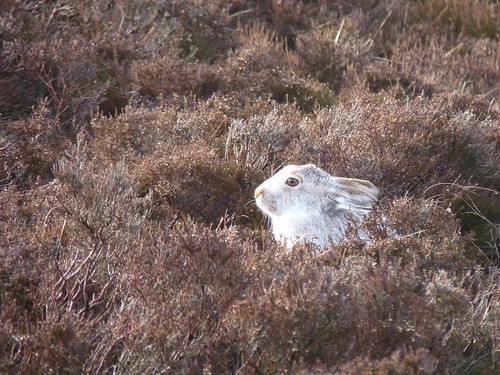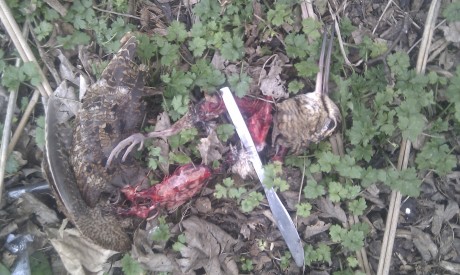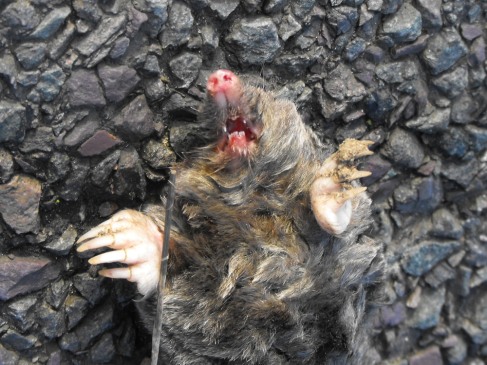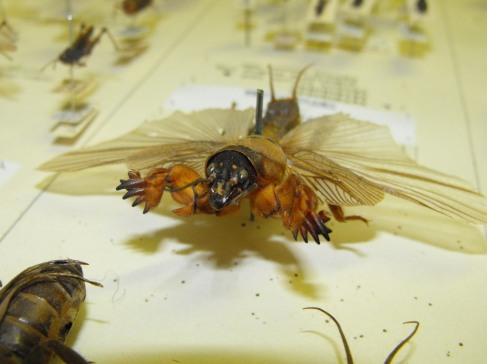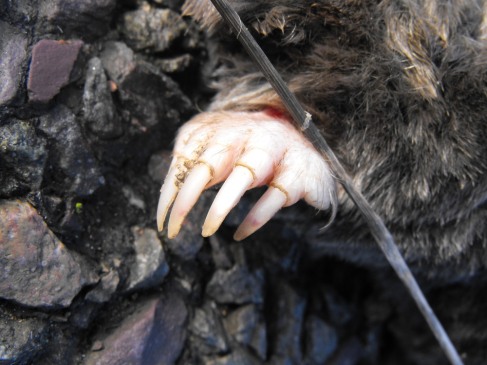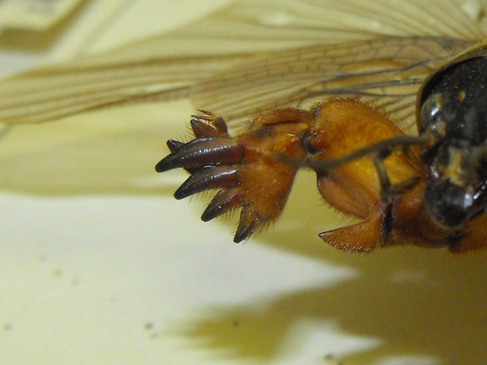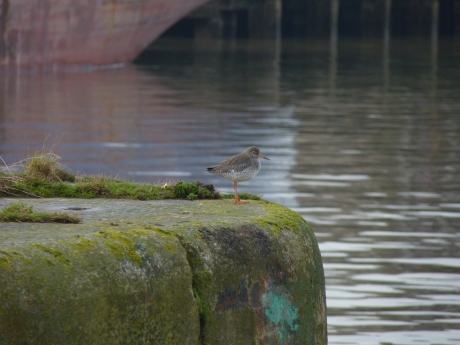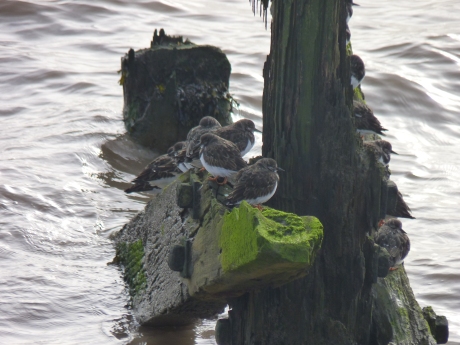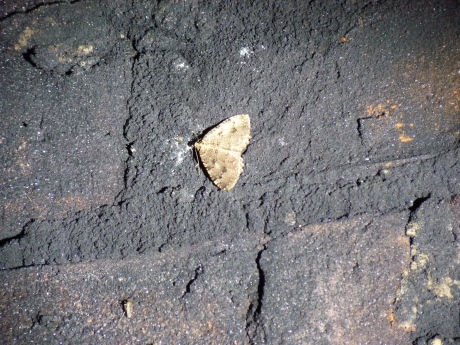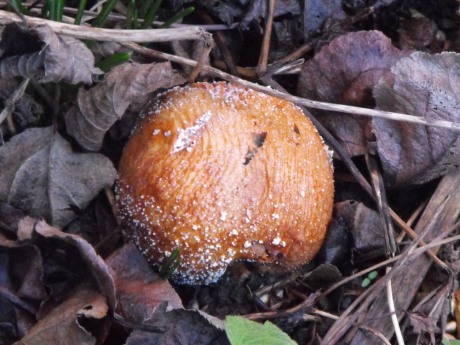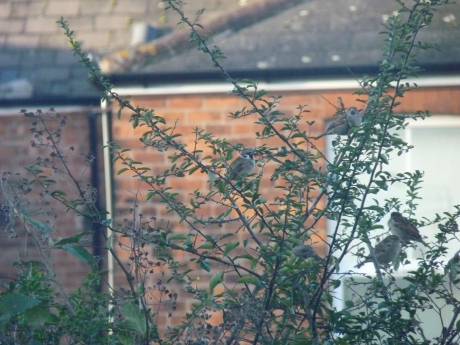As the gritty sands of time spill through our grasping fingers, January reaches its close. Tomorrow births February, bright, shiny and squealing. What joys will it bring? Who knows?
Whilst we can’t in any way predict a single event that could possibly happen in the future, we can look back on the month that has passed with eyes moist and shiny with wisdom. Here is a review of patch league for January.
The graph below shows the current totals for each of the participants:

As you can no doubt see, Richard Comont has thrust dramatically into the lead with 237. 57 species behind Richard is myself, on a cool 180. Robert takes third with a gentleman’s 93. Gui’s totted an admirable 66 for a first time patch-leaguer and resides in fourth place. Africa has recorded 46 species (which I imagine means she has just casually looked out of window twice in the past month). Jess is in last place with 37. Pull your finger out Jess.
Of course, the composition of our individual lists is likely to be radically different, so enjoy the individualised pie charts below which break-down the groups we have each recorded:
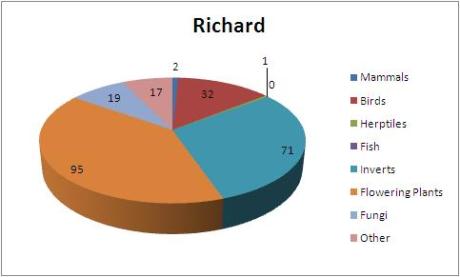
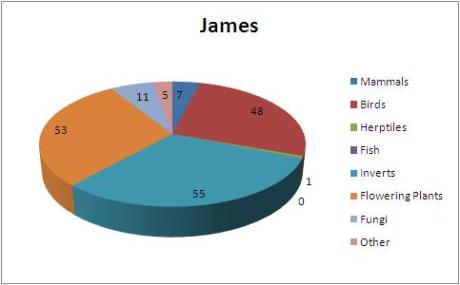
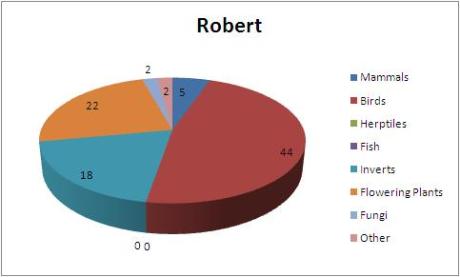

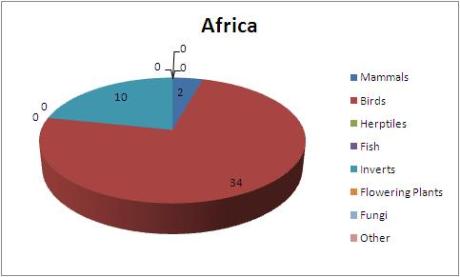
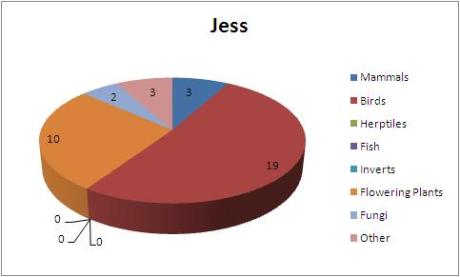
Wow. Pretty intense stuff. Apparently Africa hasn’t looked at a single plant this year; a sentiment with which we can all agree. What have plants ever done for anyone?
I also made a few more graphs that display our data in different ways:
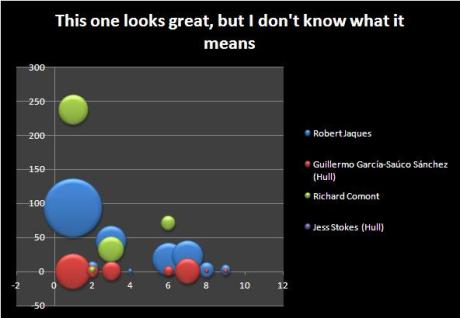
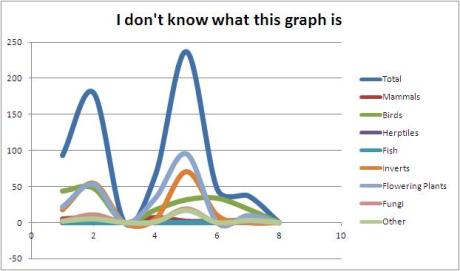

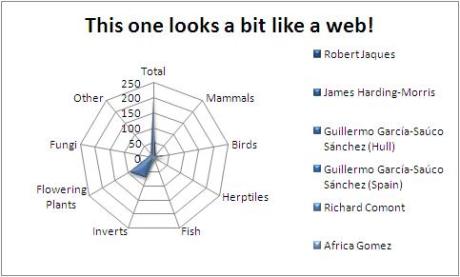
As you can see, I’m not a gifted… statistician? Is that the right word? I want to say graphologist but that’s someone who studies handwriting and tries to catch Zodiac killers.
On a personal note, I am delighted by how patch league encourages me to look more closely at things I otherwise wouldn’t, and to attempt groups I otherwise wouldn’t. So far this year I have definitively identified 13 invertebrates that I have never seen before; 2 species of springtail, 2 species of gall wasp, 2 species of beetle, 3 species of millipede, 1 species of centipede, 1 species of terrestrial flatworm, 1 species of woodlouse, and a harvestman. Additionally, I have two snails that I have identified to genus level that are awaiting confirmation of species. Both would be new for me if I can get them identified. Patch league is a beautiful endeavor.
Finally, a few thoughts that I have been mulling over this month. I would appreciate feedback from other patch-leaguers.
1. I have seen five peacocks on my patch. The bird, not the butterfly. Apparently they’ve been turning up for over a year. I would not count these on my list, as whilst they are surviving in the wild, they are not breeding and sustaining their population. I am also not counting anything that has been planted. My patch is covered with conifers and sweet chestnuts, but they have been planted here – really, their situation isn’t much different from the peacocks. I would, however, count garden plants that have clearly escaped from cultivation. For example, I found a Dalmation Bellflower growing out of a crack in a wall in my village. Obviously not planted, it must have self-seeded. What is everyone else’s opinion?
2. I have been recording aggregate species on my patch list. So far that’s bramble and common pygmy woodlouse. Is everyone happy to do this? Or should I stop?
3. Genus level IDs. I feel we need to make some sort of judgement about this. A suggestion that I have been considering is asking Robert to add another category to our spreadsheets – ‘genus level IDs’. Of course, that would separate the record from their true group.
4. Finally, does anyone else think that vertebrates are over-split? Or invertebrates are over-lumped? I wouldn’t mind a ‘mollusc’ category, an ‘insect’ category, and a ‘crustacean’ category, to name just three. What does everyone else think?
Good luck in February! Can we all hit 100 species by March?

